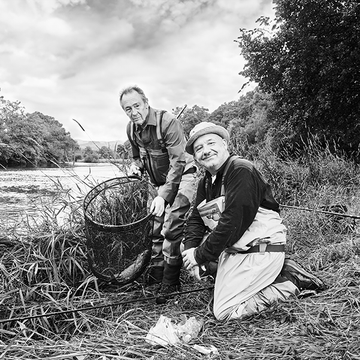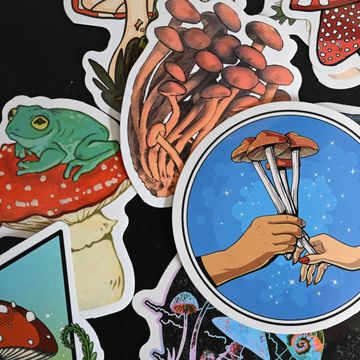The Dalai Lama famously commented that "sleep is the best meditation."
Indeed, it's meant to be the time when we recharge and rejuvenate. But as anyone with a morning presentation to give knows too well, nodding off doesn't always prove so simple and can turn into a hellish ordeal.
There are some tricks you can try though. Firstly, make sure you're setting yourself up right for a good night's sleep by avoiding blue light emitting device, not snoozing through your alarm for too long and not drinking coffee or exercising too late in the day.
After that, try these out and see which work for you.
Try to keep yourself awake
Counterproductive as this may sound, trying to stay awake may actually help you with falling asleep. This process is called the sleep paradox according to psychotherapist Julie Hirst who instructs, "Keep your eyes wide open, repeat to yourself 'I will not sleep'. The brain doesn't process negatives well, so interprets this as an instruction to sleep and eye muscles tire quickly as sleep creeps up."
Remember your day in reverse
Your mind can wander to the worst things when you're trying to sleep, distracting yourself from these thoughts is difficult and the stress of worrying only keeps you awake for longer. Sammy Margo, author of The Good Sleep Guide, recommends trying to recall the details of your day in rewind in order to distract your mind from worrying. "Recall conversations, sights and sounds as you go. It helps you to reach a mental state that's ready for sleep" she suggests.
Margo also recommends simulating rolling your eyes by rolling your eyeballs back with your eyelids shut up to three times. "It simulates what you do naturally when you fall asleep and may help trigger the release of your sleepy hormone, melatonin."
Imagine a happy place
Whilst research suggests that counting sheep does nothing to aid sleep (sorry about that), another form of visualisation meditation may help to soothe you. The same study tested other mediative images and found that relaxing images of serene places, like beaches or mountains were effective at helping us fall asleep.
Margo concurs with this theory, advising you, "Imagine yourself in a situation where you feel content – a tropical paradise, sailing on calm waters, walking in flower fields. As you explore your 'happy place' imagine smelling flowers, feeling grass or sand under your feet and hearing water lap against the boat. You should soon feel relaxed and drift off."
Hum yourself a tune
Another one you might have to bear with us on, but humming to yourself can act as a form of yoga meditation which improves your sense of calm.
Dr Chris Idzikowski, director of the Edinburgh Sleep Centre says you should, "Breathe gently out of your mouth, lips together so you hum. Try to hum for the whole out-breath. Notice how it vibrates in your chest. Focus fully on this vibration over six breaths then sit quietly for a moment. Tell yourself 'I am ready for sleep', get up slowly and go to bed."
Find your pressure points
Although trying to sleep can feel like a battle against your body, there are ways you can use it to your advantage to help you sleep as there are pressure points on the body which help you drift off when pushed. Dr Idzikowski explains you should, "Put your thumb on the point between your eyebrows at the top of your nose, where there's a slight indent. Hold for 20 seconds, release briefly and repeat twice more. Next, sit on the edge of the bed and put your right foot across your left knee. Find the slight indent between your big toe and second toe and press in the same way."
"Finally, still supporting your right foot, find the point just below the nail on the upper side of your second toe. Using the thumb and forefinger of your right hand, gently squeeze the toe."
Just don't try that one the first time you're staying over.














